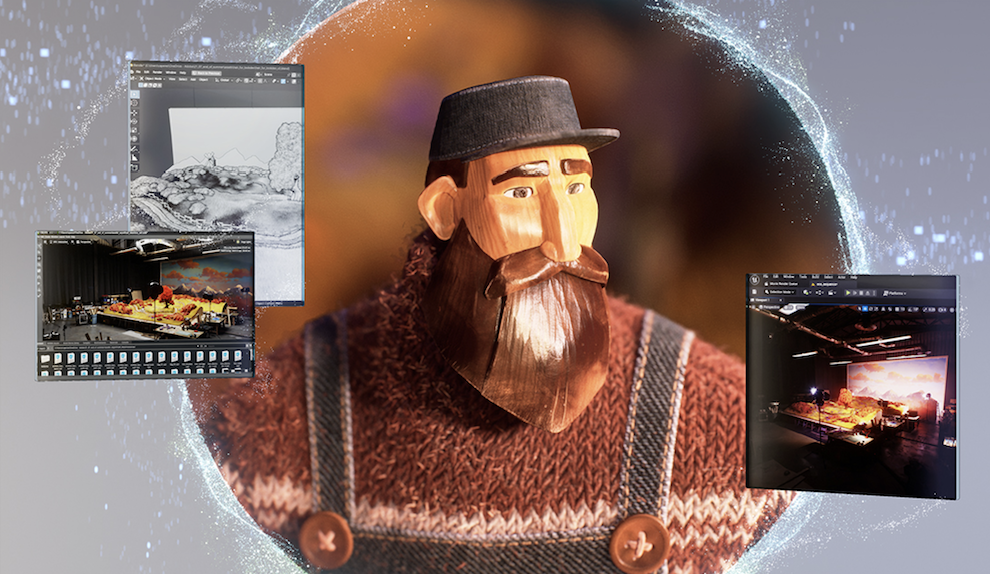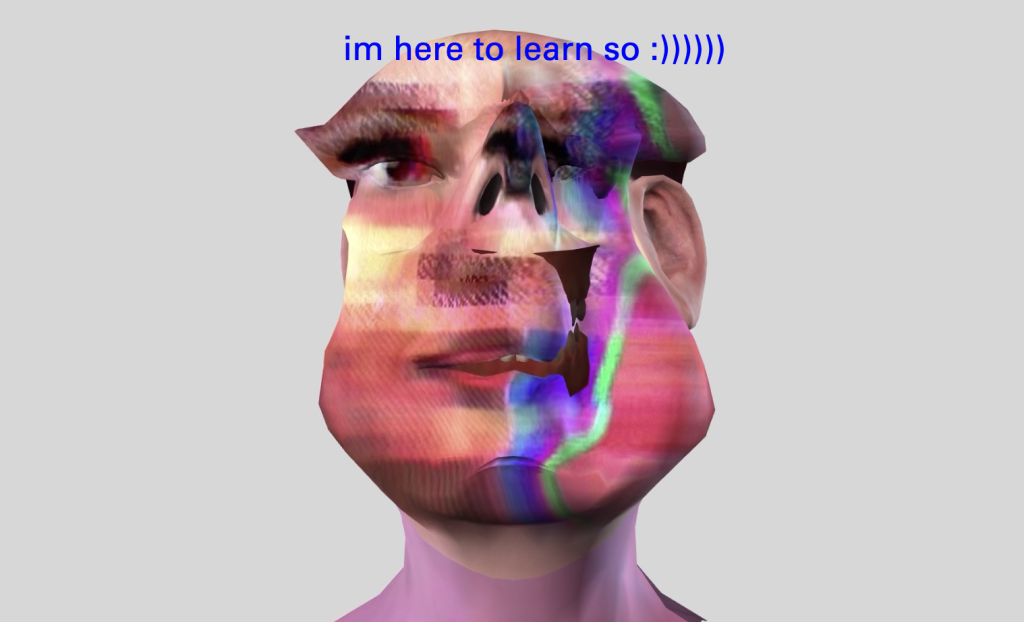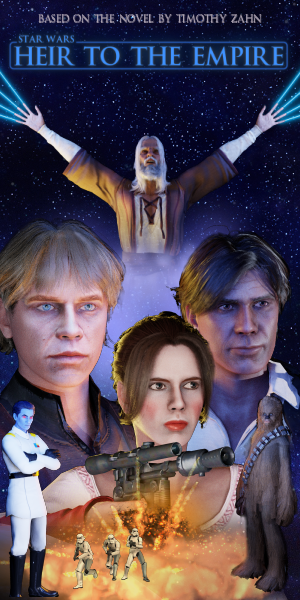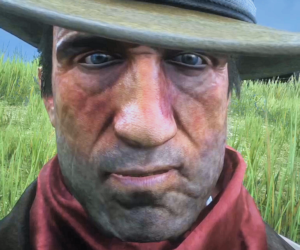Tech Update 2 (June 2023)

Its a week of mono|meta|omni-versal updates!
Mono
We’ve been following the debate on copyright, fair use and transformative use of IP for what seems like 30 years in the world of machinima (see some of our posts here, here and here) – oh, actually its 27 years…! On 18 May, the world was exercised a little further on the issue of transformative use when the Supreme Court (US) reached its decision on Andy Warhol’s use of a photograph of Prince in a magazine – a case that’s been running since 2016, following Prince’s death. Many suggested this decision is the beginning of end of transformative use – or at least ‘narrows the ‘fair use’ doctrine‘ – and will have massive detrimental impacts on all things created, such as machinima from games engines… however, with the particular scenario fully outlined, this was probably the right outcome for this case. The scenario relates to an unattributed use of an image from a private collecton of works (created and held by Warhol/foundation), where other works involving the same creatives in the collection had previously been attributed and the photographer recompensed when having been used in magazines, and the fact that both Warhol and the photographer (Lynn Goldsmith) made money from selling images individually. So, this decision is about context of use involving the individuals as much as it is ‘fair use’ per se. Justice Sotomayor stated the important factor in the fair-use analysis was that “the purpose and character of the use, including whether such use is of a commercial nature or is for nonprofit educational purposes” pushed the decision in favour of the photographer, arguing that “licenses, for photographs or derivatives of them, are how photographers like Goldsmith make a living. They provide an economic incentive to create original works, which is the goal of copyright.” You can read the ruling in full here – or use your favorite search tool for a link to any one of the numerous news articles covering the case.
So, until such time as the principle applied in this case is actually applied to a creator context, where income is rarely a goal of productions beyond individual recognition and perhaps the meagre YouTube % share for eyeballs it receives, and transformation is generally well beyond that originally intended by say a game dev, it feels like there’s nothing to see here.
Meta
On 23 June, Second Life turns 20 years old! There will be virtual parties, exhibitions, product sales and more – for 20 days of course, and you can find out more on the community website here. Happy Birthday to all the Lindens – the first open world environment to truly embrace metaversal themes.

If you want to catch up on some light reading, then its also worth noting that Wagner James Au’s new book releases a week later on 27 June, called Making a Metaverse that Matters. Au also regularly writes some great updates for what has to be one of the longest-running metaverse blogs. Its called New World Notes, which he founded in 2006. Au was the first metaverse journalist and marketer for SL back in 2003. Links to the book here –
Excited to tease the cover for my book, "Making a Metaverse That Matters"!
In stores next month. Please consider pre-ordering.
Amazon:https://t.co/tnD95fyICe
Bookshop (benefiting indie stores:):https://t.co/ZjWnozXR04 pic.twitter.com/VGOkeOD8YW
— Wagner James Au (@slhamlet) May 18, 2023
Omni
Nvidia are releasing a monthly update on its blog of all things Omniverse, including latest advancements for the OpenUSD framework that has so quickly become the gold standard for integrating a wide range of creator tools in a 3D workflow. Here‘s the link to the first part of the ‘Into the Omniverse’ series (our feature image for this post) which includes an overview of an update to the connector for Adobe Substance 3D Painter. Substance 3D releases its latest version 203.0 in mid June. This series is a must follow for all content creators, whether or not you own an RTX!
-Versal
For those seeking advice on devising a virtual production pipeline, Unreal Engine has helpfully released a visualisation guide here and a nice vid here –
Unreal Engine released version 5.2 on 11 May, which includes some fab new features including a preview of its still in dev Procedural Content Generation framework, enabling creators to populate large scenes more efficiently; Substrate, that supports a greater range of surface appearances such as the opalescent finish showcased in this vid –
an enhanced virtual production set of tools for realtime filmmaking support; enhanced VCam system for multi-camera control; and nDisplay extended support, which is setting the scene for the next version 5.3. A link to the release notes is here.
We also spotted a useful tool in the UE Marketplace albeit pricey at $249 for indies: MetaShoot. It includes lighting and render presets for assistance with creating sophisticated lighting setups in your VP studio, released by VINZI – Code Plugins, link here.
Also super helpful is Kitbash3D’s new Cargo asset browser, including some 10,000 searchable assets. The basic account, which is free, allows you to 1-click upload content to your project and manage the assets you have but for a fee of $65/month, the pro version will let you search and access the full model and media library. Its another layer of cost so do check out the small print.






Recent Comments